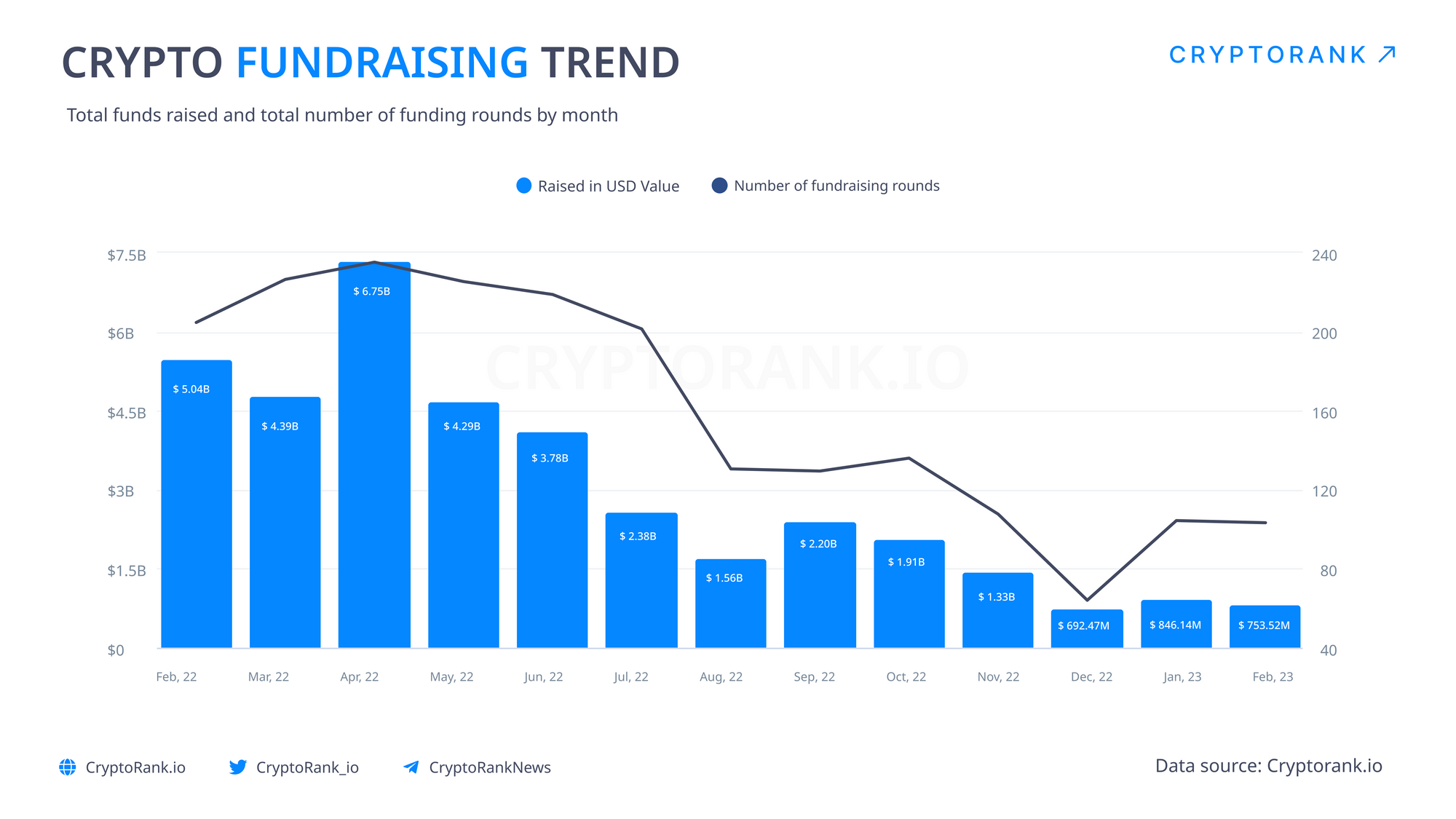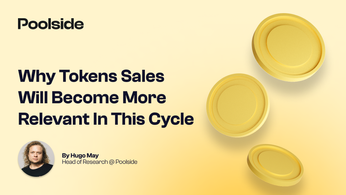
The 101 Guide to Web3 Fundraising Process
Before the actual fundraising, what do you need to do?

Building a successful company costs money. While you (and your co-founders) can bootstrap the first version of your product while living on your savings, this will only get you so far. As soon as you need additional developers, equipment, software subscriptions, marketing, and all the other expenses that are part of building a company, the costs quite rapidly start mounting beyond what the founding team is able to finance.
So it’s time to start raising outside capital. Let us start by stating that fundraising is hard. Trying to convince people of your idea and get them to invest money get money out of people, even when they are professional investors, is never an easy thing to do. Trying this in a bear market with a myriad of economic uncertainties in an industry that is still licking its wounds from the FTX fallout is even harder.
However, it can definitely still be done as every month, hundreds of web3 start-ups still raise capital. They most likely did most things right and got a lot of help during the process, which is exactly what we’re going to do for you here.

In this 3-part series, we’ll explain all the essentials you need to know about the fundraising process from a to z. In this first article, we’re going to walk you through the biggest component of fundraising: preparation.
Understand the legal requirements
Before you start with the actual fundraise, it is crucial to understand the legal requirements that come with it. You need to have a proper legal foundation in place, which includes choosing a jurisdiction, choosing the appropriate corporate entity structure, and determining which entity is conducting the fundraise and who is legally allowed to participate.
In web3, this still is quite complex as clear legal frameworks and definitions are still lacking in most jurisdictions, although this is currently underway. This is why seeking professional help and consulting with other founders who have gone through the process can be incredibly helpful. Aspects you need to take into account include but are not limited to security laws, fundraising and crypto regulations, AML/KYC, data privacy laws, and more.
One of the most important aspects of fundraising in crypto is ensuring that your token does not qualify as a security. This is because if it does, it would be subject to securities laws and regulations, which can be a lengthy and expensive process to comply with. To avoid this, it is essential to consult with legal professionals. Security laws differ per state in the US, so also keep this into account when choosing a jurisdiction.
Define your fundraising plan and method
Once you have your legal foundation in place, it’s time to create your fundraising plan. This is different for every company as product statuses, business models and profitability widely differ among each organization. Additionally, the founders’ network and warm lines with investors can make all the difference.
One of the most critical aspects of your fundraising plan is determining how much money you need to raise and at what valuation. While there is no set formula for determining your company's value, it is crucial to let the market set your price and use investors to set the price or cap. The more investor interest your company generates, the higher your value will trend.
There are various aspects of fundraising in web3 that are different from traditional fundraising.
First, you will have to decide whether you are selling tokens, equity, or a combination of the two to investors. Each option has its own set of advantages and disadvantages. Equity appeals more to traditional investors who understand equity much better than tokens and oftentimes prefer equity. In our next article, we’ll dive deeper into the pros and cons of various fundraising methods. Subscribe to our blog so you don’t miss out on the next.
Sell your story
Before you start talking to investors, you need to have the proper materials in place. In web3, these are generally a website, a pitch deck, a whitepaper in which you elaborately explain your project, and a light paper (or executive summary) which summarizes the whitepaper.
These materials tell your story. It is therefore essential that you take your time to craft these documents well. You only get one shot at first impressions, especially with investors who see dozens of pitch decks per day.
Sell your vision and tell the story as to why the time is now for your product and why this team can deliver on this vision. Show numbers, charts, and visuals to make it tangible and short. Investors love seeing growth and traction, so always show this where possible. And finally, try to stick out from the hundreds of start-ups trying to raise funds.
Reach out to investors
Now that everything is in place, you can start reaching out to investors. Be prepared for a long process as it can take months to close your fundraising round. Warm introductions to professional investors always work best, so make work out of getting these warm leads.
You can do this via your personal network, invest in expanding your company’s network, and by going to Web3 events. The latter is especially impactful as they’re often attended by many different types of investors. Another potentially effective way to find investors is by using social media platforms (especially Twitter in web3) and listing your startup on sites such as AngelList and Crunchbase.
It is important to note that there are different types of investors, including venture capitalists, angel investors, and key opinion leaders (KOLs). Understanding the differences between these types of investors can help you tailor your approach and increase your chances of success. For example, angel investors often invest their own money and can make decisions quickly, while VCs typically require more time and meetings before making a decision.
It's essential to research and find a VC firm that aligns with your company's vision and mission, as well as a good fit for your team and culture. Especially in Crypto, there are a lot of VCs that do not provide value or are downright exploitative. Talk to the Poolside team when evaluating VCs. We have a lot of experience doing due diligence on venture capital firms.
Once you have the introduction, it’s time to pitch your product and vision. Every investor is different and it can work extremely well to tailor each pitch to the audience based on the research you do before the meeting. Simplifying your pitch and focusing on the essential elements of your product and team can also help you stand out from the crowd.
Raise those funds!
While doing these steps well will get you to close your fundraising deal, it’s important to know that it will always be a difficult and time-consuming process. Be sure that you manage the time between fundraising and building your company well and understand the complexities, nuances, and effort required at each stage.
In the next article, we’ll dive deeper into the various methods and ways to raise capital. There are many different ways and people to raise money, especially in web3, so stay tuned!
About Poolside
Poolside is an ecosystem for Web3 builders and consists of multiple verticals. Poolside Accelerator is a 12-week program designed to take the project from inception to execution to market with an initial funding of up to $100,000. Poolside Hub is the physical Web3 hub in Lisbon. Poolside Podcast is our dedicated podcast channel for Web3 builders. Poolside DAO is our community of builders, investors and mentors.
Website | Twitter
Poolside Newsletter
Join the newsletter to receive the latest updates in your inbox.






